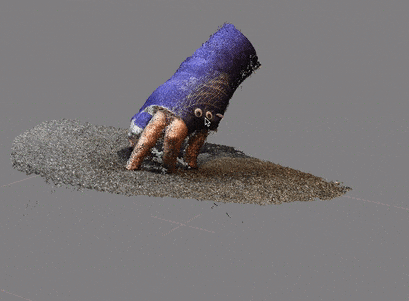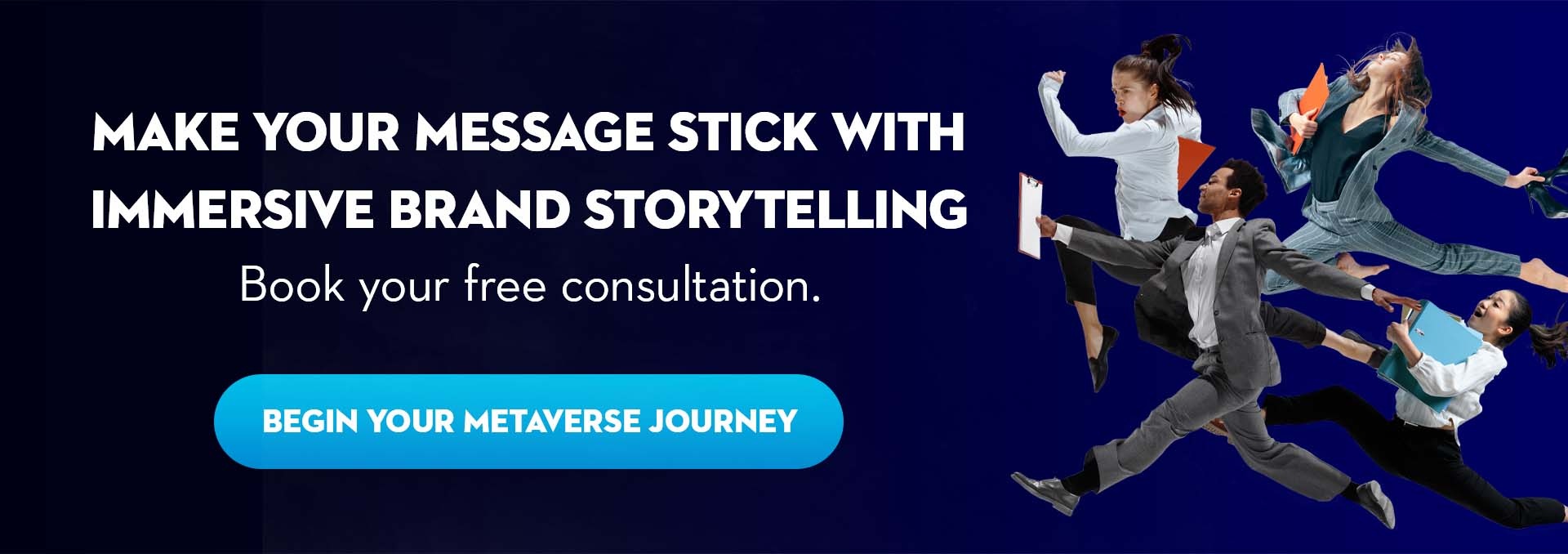AR content is excellent in luring in customers and engaging them in your brand storytelling. Creating AR content might be challenging if you don't have the know-how for 3D and coding.
Luckily, there is a technology that makes creating 3D AR content easier – enter photogrammetry.
A short history of photogrammetry
Photogrammetry is a technology for making measurements from photographs. These measurements can then be used in making the images into digital (3D) content. Maybe the simplest example of photogrammetry is mapping, where aerial photos of the surface are converted into a digital form: maps like Google Maps we're using in our everyday lives.
Photogrammetry was first invented in the middle of the 1800s, not long after the first cameras came to be. The first photogrammetry applications were indeed maps: a French surveyor Dominique F. Arago used photographs to create topographic maps in around 1840. Since then, photogrammetry has evolved into having various use cases, such as architecture and engineering.
The two primary types of photogrammetry are aerial and close-range. Aerial photogrammetry is the one used in cases like in the example above (mapping). Close-range photogrammetry is a newer method and is for creating 3D models of smaller objects or spaces.
How does photogrammetry work?
Photogrammetry is a tool for making a digital model of complex objects. With photogrammetry, you can add more texture and features to an object than would be reasonable with traditional 3D modelling or possible with 3D scanning.
From our perspective, photogrammetry is the ultimate tool for AR experiences when the content needs to be detailed. Sure, AR content can be made with 3D modelling, but if the end product needs to be complex and structured, it takes a lot of work. And that costs both time and money.
We believe that augmented reality is the medium of the future. As the demands for content's realisticness become more significant, the tools and skills for creation need to follow.
Fused with AR, photogrammetry can improve remote sales, product display or research, and many other things in which you need accurate digital content. Maybe creating an AR showroom?
What do you need for photogrammetry?
First of all, you need an object. It can be anything from a landscape to a shoe. If you're a DIY master, the next thing you need is a camera to take your object's photos. The photos should be high-quality; the lighting, the blur, and the depth need to be in place. The newest smartphones have good-enough cameras to capture your object.

The images need to be taken from different angles of the object, so the photogrammetry software will know how to build the digital content. So, you need several overlapping photos: the more photos, the better the result. For a smaller object, such as a shoe, you need fewer pictures, but you might need hundreds or thousands for a bigger space. In either case, photogrammetry is still faster and easier than building a 3D model from scratch.
After taking the pictures, you need photogrammetry software to transform the images into a 3D model. There is various photogrammetry software out there, from which you can choose your favourite. Lots of companies and agencies will do the work for you if you don't know how to. Arilyn being one of them.
What's the difference between photogrammetry and LIDAR?
LIDAR technology works in the same way as photogrammetry: it measures the distances of an object. The difference is, LIDAR does it by illuminating the target with laser light and measuring the reflection with a sensor. The scan can then be used to create 3D models of the scanned objects, just like with photogrammetry. LIDAR technology is also used in autonomous vehicles to detect and avoid obstacles and to navigate.
LIDAR scanning is just as accurate as photogrammetry and is somewhat faster. However, you won't be able to capture as much detail as with photogrammetry. The two technologies don't shut each other out, but can very well be used together when building a 3D model for your AR experience.
Why should you consider photogrammetry for your AR content?
Photogrammetry is low-cost. You don't necessarily need high-quality equipment for the pictures; your smartphone is enough. Compared to LIDAR or some other 3D scanning, the tools required are much less demanding. And, building the AR content entirely by hand is on a whole different level. Of course, if your content is simple enough or doesn't need to be that accurate, or maybe even is something that doesn't exist in the real world yet, 3D modelling is a valid way to go.
Unlike when creating your 3D content by hand, photogrammetry is way faster. Even if your object requires hundreds, or even thousands, of pictures, the conversion takes less time than building the object in 3D from scratch.
Photogrammetry allows you to create incredibly accurate AR content. Compared to 3D modelling, the measurements are precise, and unlike with 3D scanning, the texture is far more detailed. In the near future, with the actually wearable AR glasses and more and more AR content emerging, the demands for AR's quality will rise. Depending on your AR content's purpose, the measurements and texture might be crucial, so you need to get them right.
There are not many restrictions on photogrammetry. You can convert nearly any existing object or landscape into 3D, and further to AR, content using photogrammetry. Even objects in space, if you're able to photograph there.
Create value and experiences for your audience with photogrammetry and AR
When consumers search for value and grave more for experiences than just products or services, AR is something to embrace. Photogrammetry and AR's synergy opens up new possibilities in visualization, navigation, and interaction far beyond the traditional static navigation and communication in front of a computer screen.
Whether your product is simple enough to build by hand, or more complex and needing photogrammetry, both routes to great AR are just as good! We at Arilyn offer both 3D modelling and photogrammetry to make your AR dreams come true. Reach out to us, and we'll find the best solution for you!
Read more about what is augmented reality.



